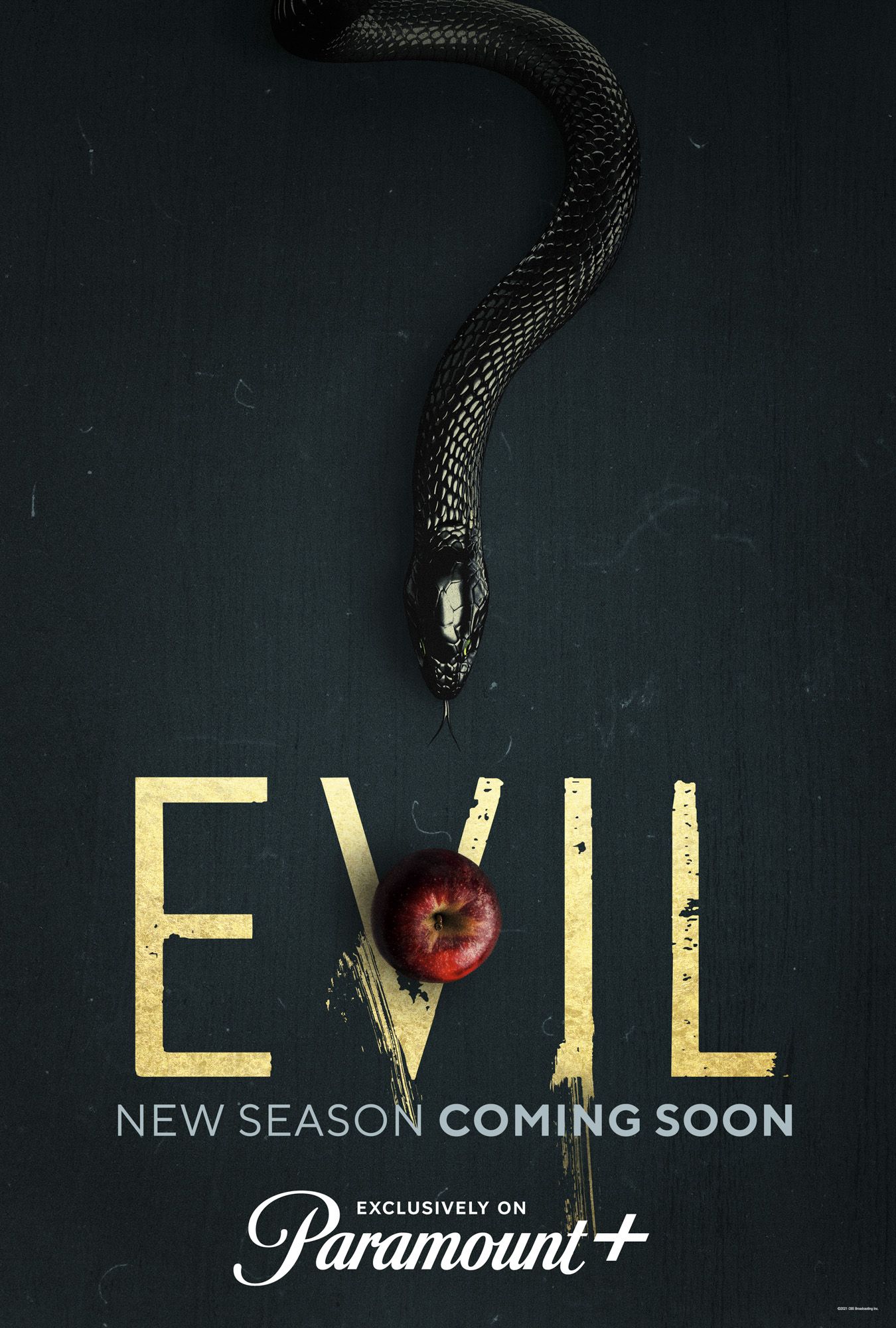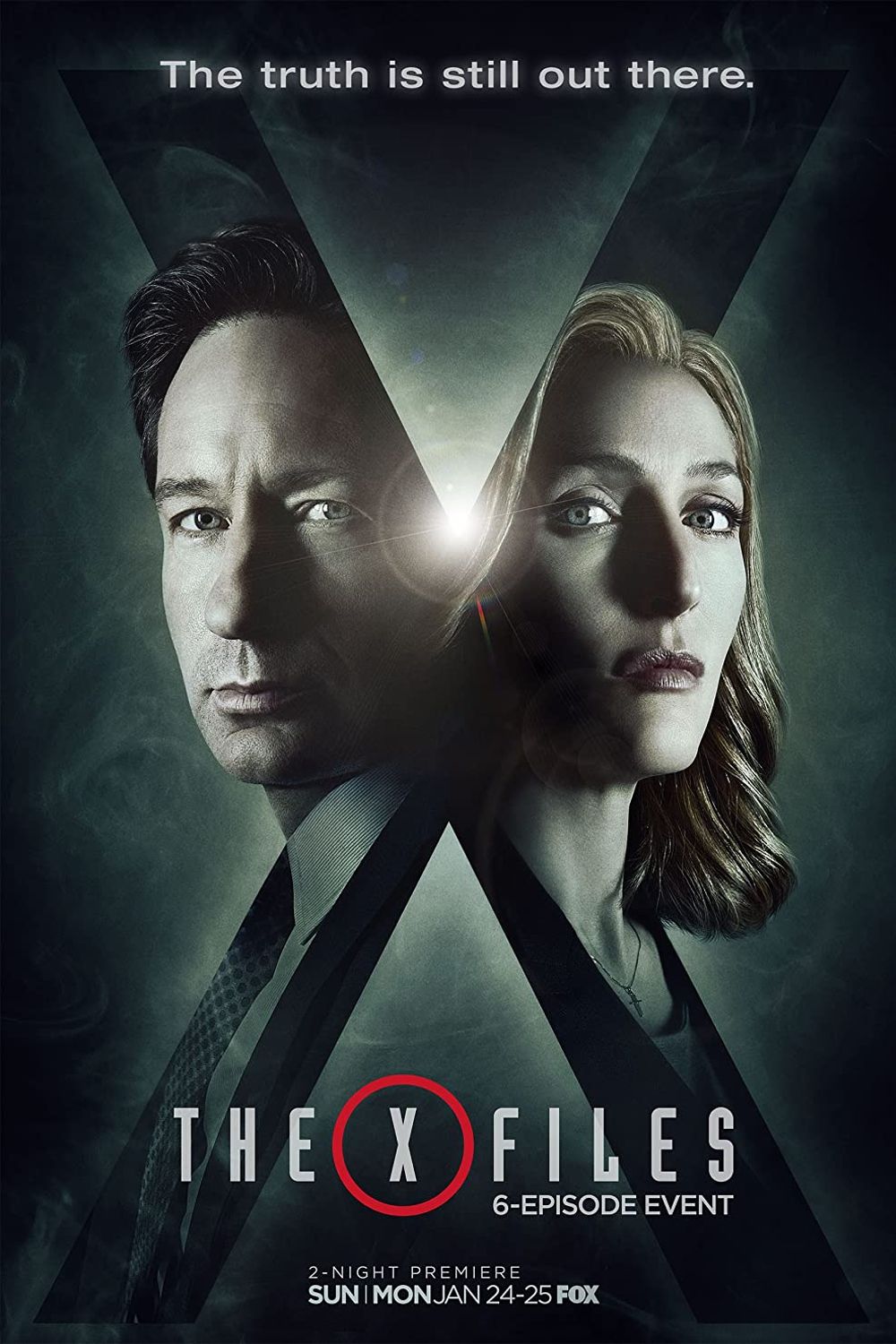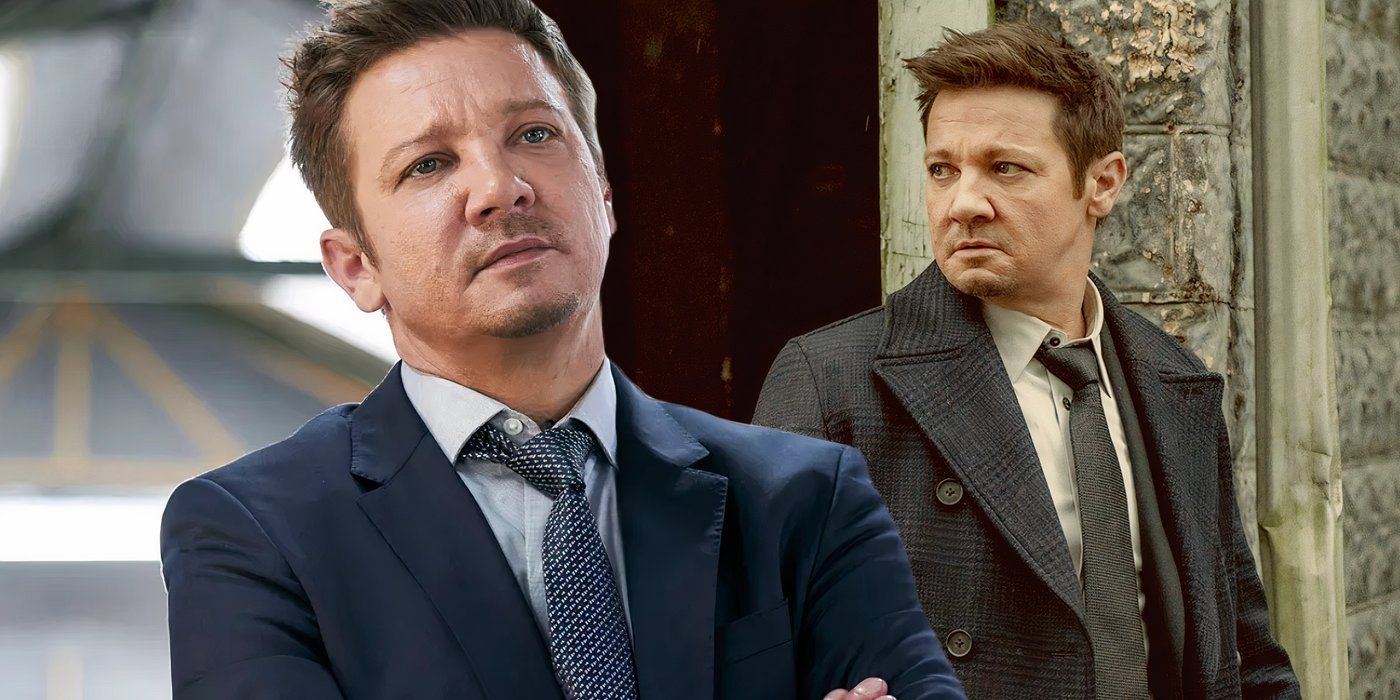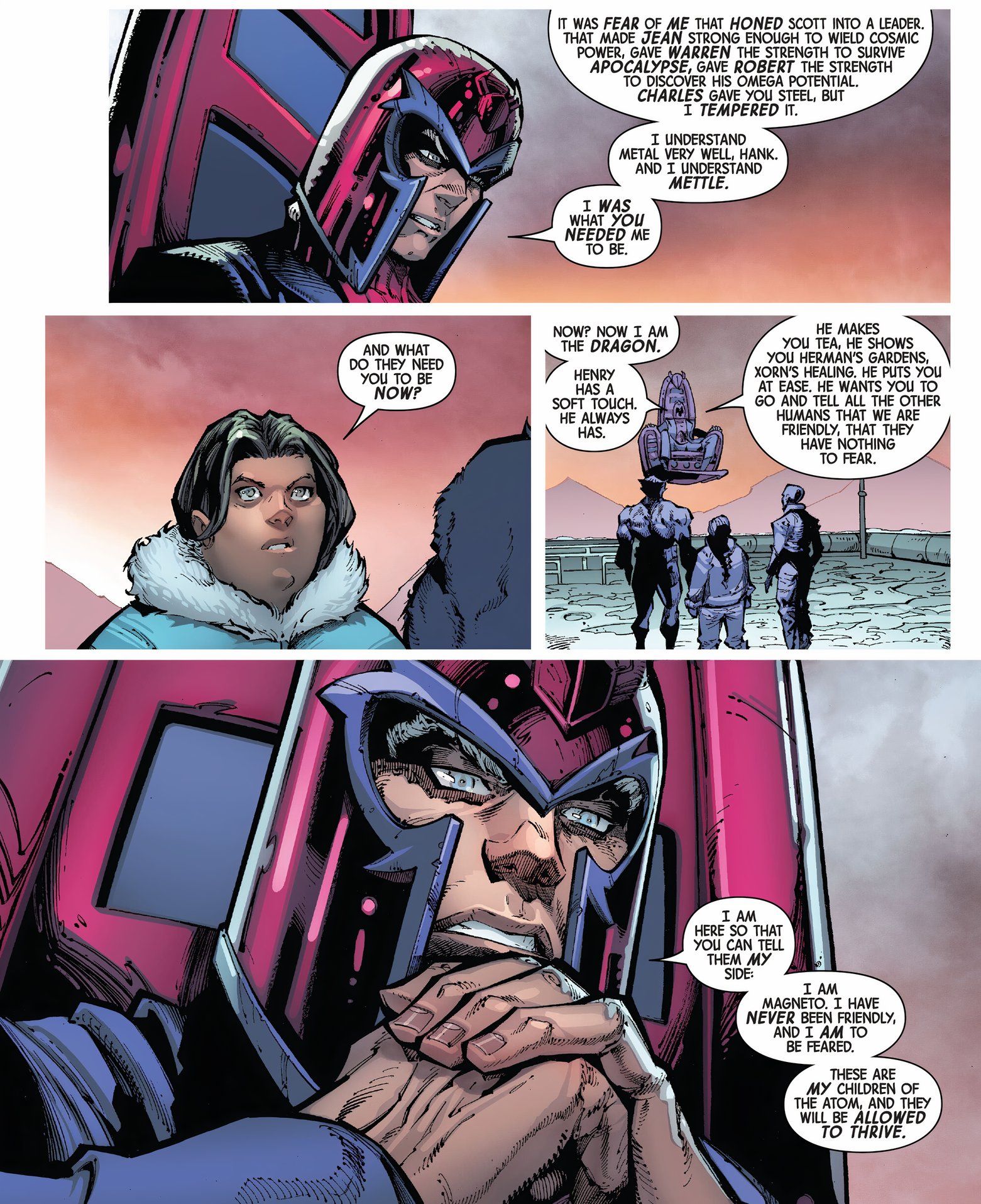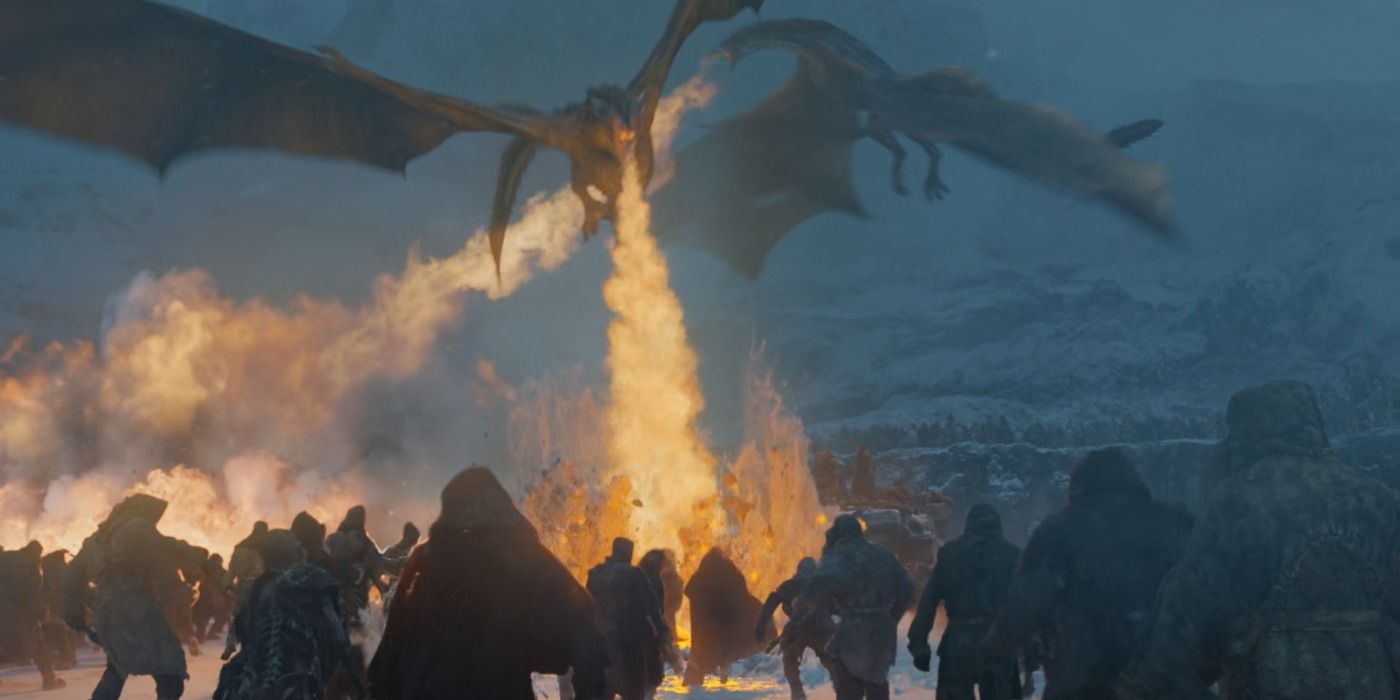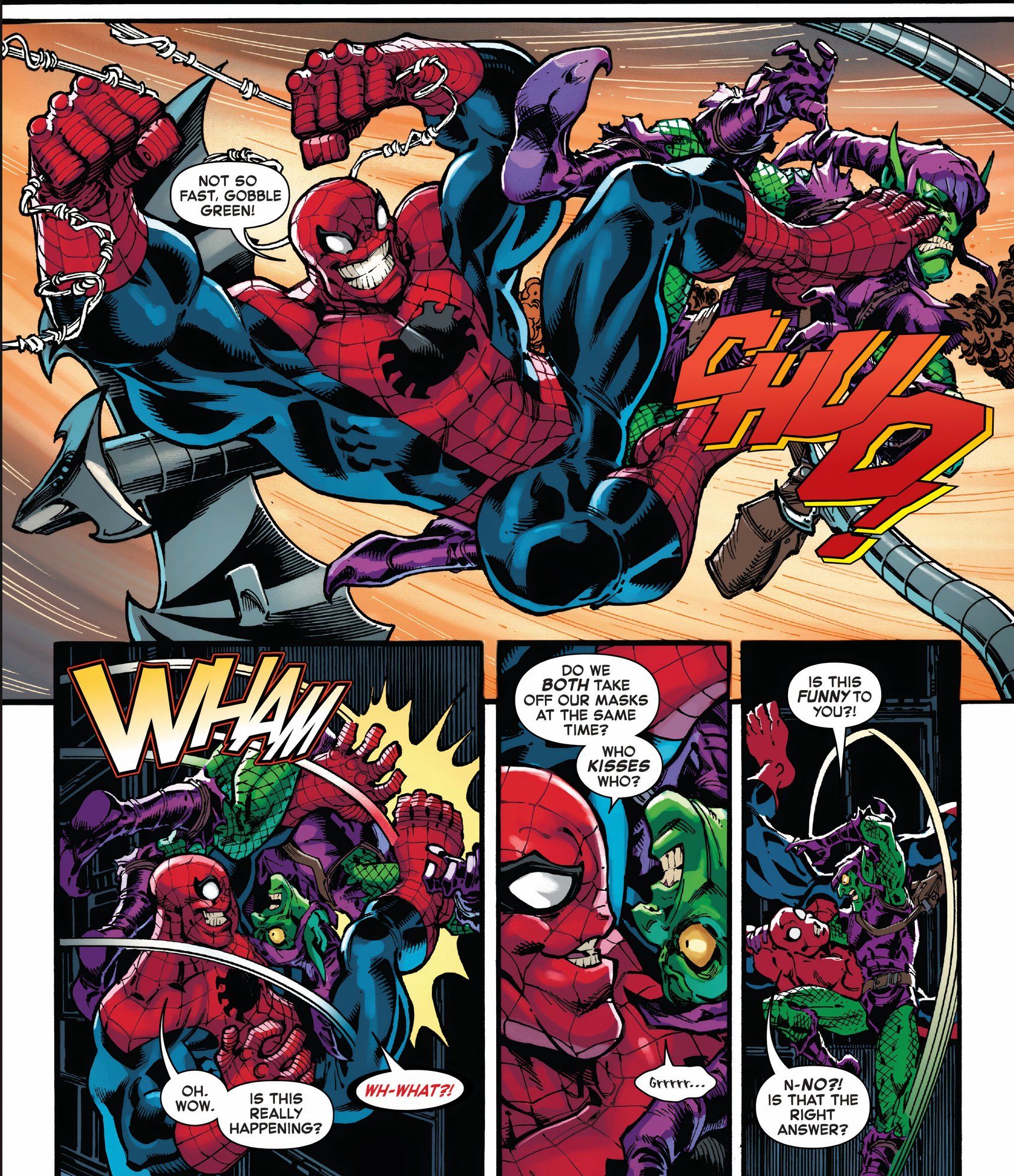The Universal Classic Monsters cycle of the 1930s through the 1950s is one of the most celebrated periods in horror film history and created many screen legends. The films of the era brought classic tales to life in some of the scariest and most well-made horror films of the era.
The sequels to the classic monster films are as numerous as they are various, and the original films have produced many iconic follow-ups. Films like The Bride of Frankenstein are as well-received as the originals, while films like Dracula’s Daughter have become cult classics. Despite their immense popularity, some films garnered higher scores on IMDb than others.
The Ghost of Frankenstein (1942) – 6.2
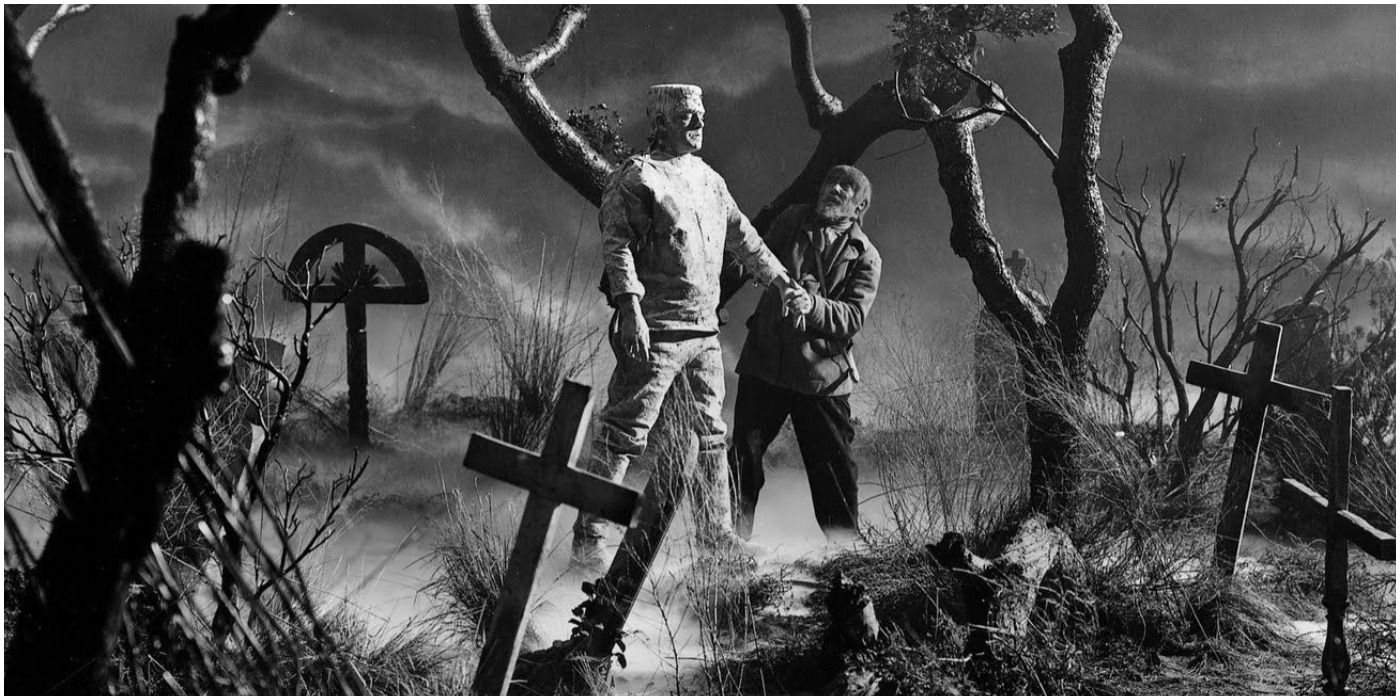
Following Boris Karloff’s departure from the series after Son of Frankenstein, monster movie legend Lon Chaney Jr. had big shoes to fill when portraying Frankenstein’s monster. The Ghost of Frankenstein follows another son of the original Dr. Frankenstein who hopes to replace the monster’s brain but finds his plans interfered with by the evil Ygor.
The original trio of Frankenstein films were a tightly plotted trilogy, and the first sequel to depart from the original cast did a stellar job of redirecting the characters. Brilliant performances from Chaney Jr. as the monster and Bela Lugosi as Ygor anchored what could have easily become a forgettable sequel.
Abbott And Costello Meet The Mummy (1955) – 6.3
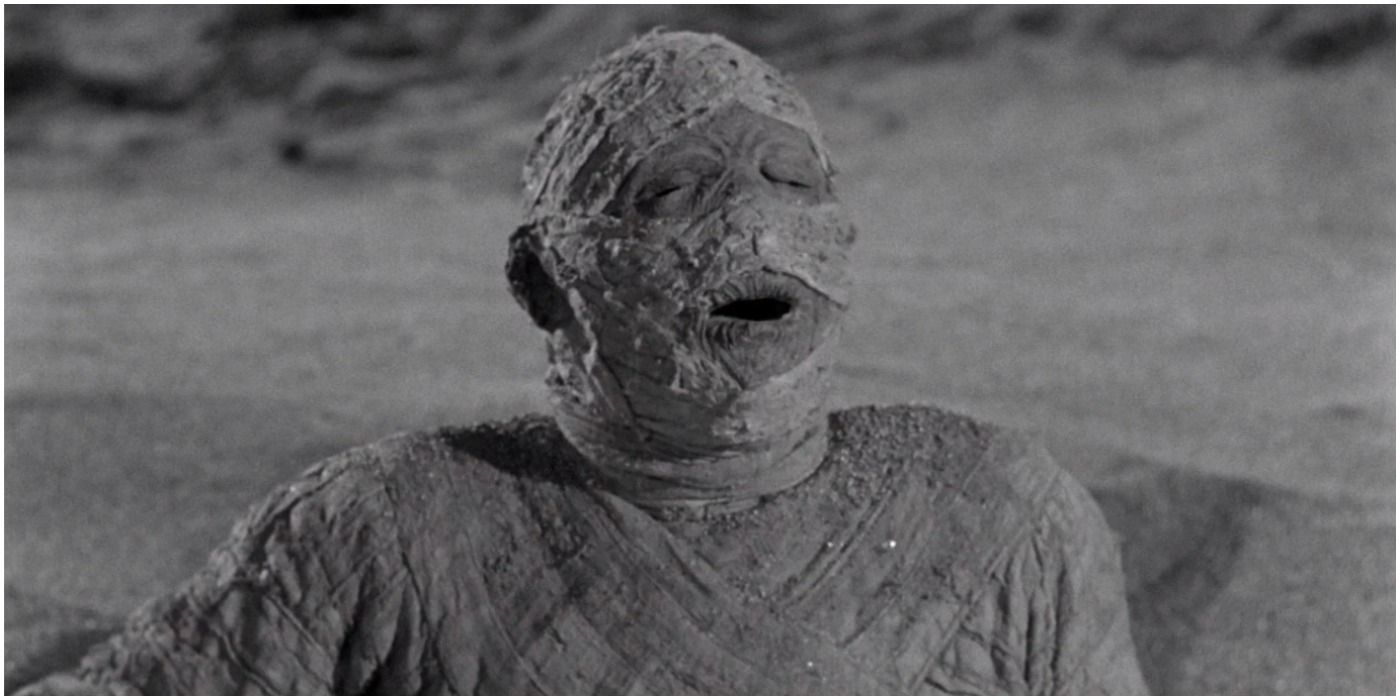
The success of comedy legends Abbott and Costello’s previous monster movie parodies led Universal to team them up with another iconic creature. Abbott and Costello Meet the Mummy casts the duo as bumbling archeologists who awaken a mummy while searching for hidden treasure.
Though the film repeats many of the previous film’s jokes, Abbott and Costello are charismatic enough to keep things entertaining. With the monster cycle coming to a close, it seemed fitting that the two comedians would give The Mummy his appropriate comedic send-off.
House Of Frankenstein (1944) – 6.3
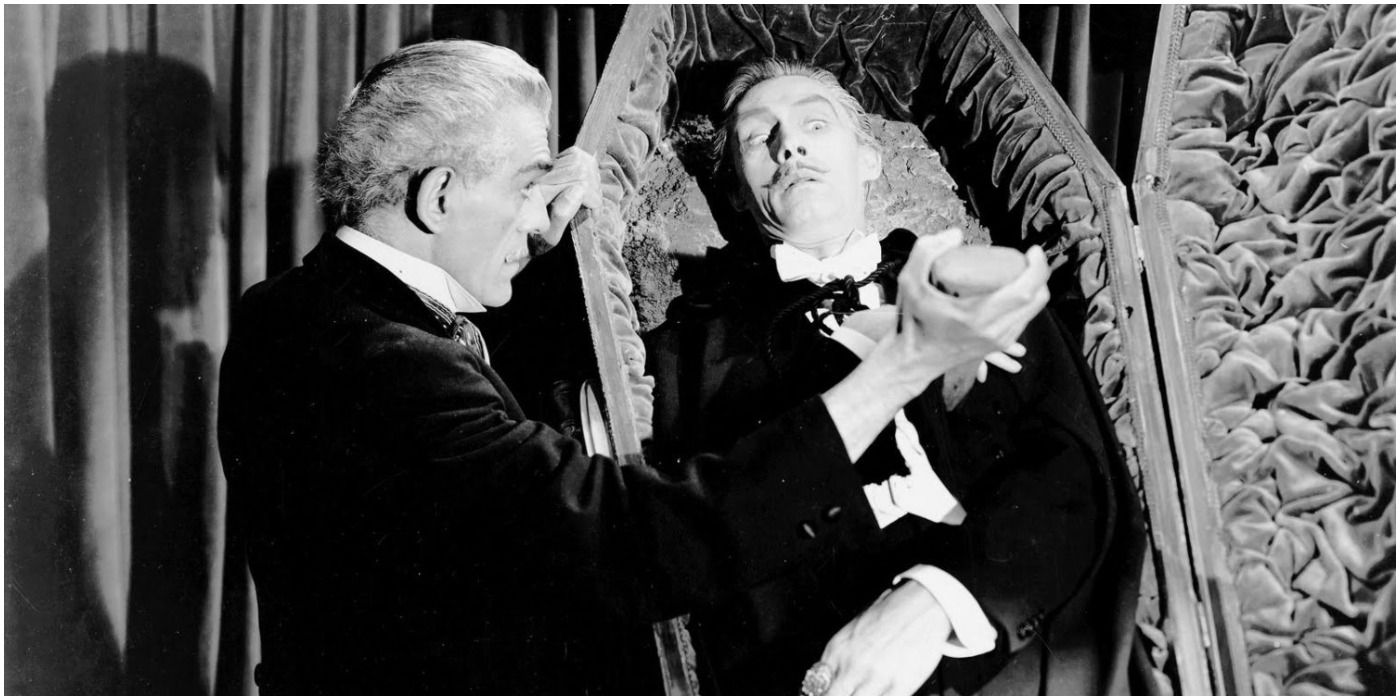
After the initial run of classic films in the 1930s, Universal began placing their legendary monsters together in exciting combinations that resulted in box office gold. House of Frankenstein follows a mad scientist who escapes from prison and recruits Dracula, Frankenstein’s monster, and the Wolf Man to get revenge on the men who imprisoned him.
Boris Karloff returned to the series for the first time since his departure from the monster role and his performance carries the film. Seeing all of the monsters together on screen is enough to elevate what is otherwise a weak story.
Dracula’s Daughter (1936) – 6.4
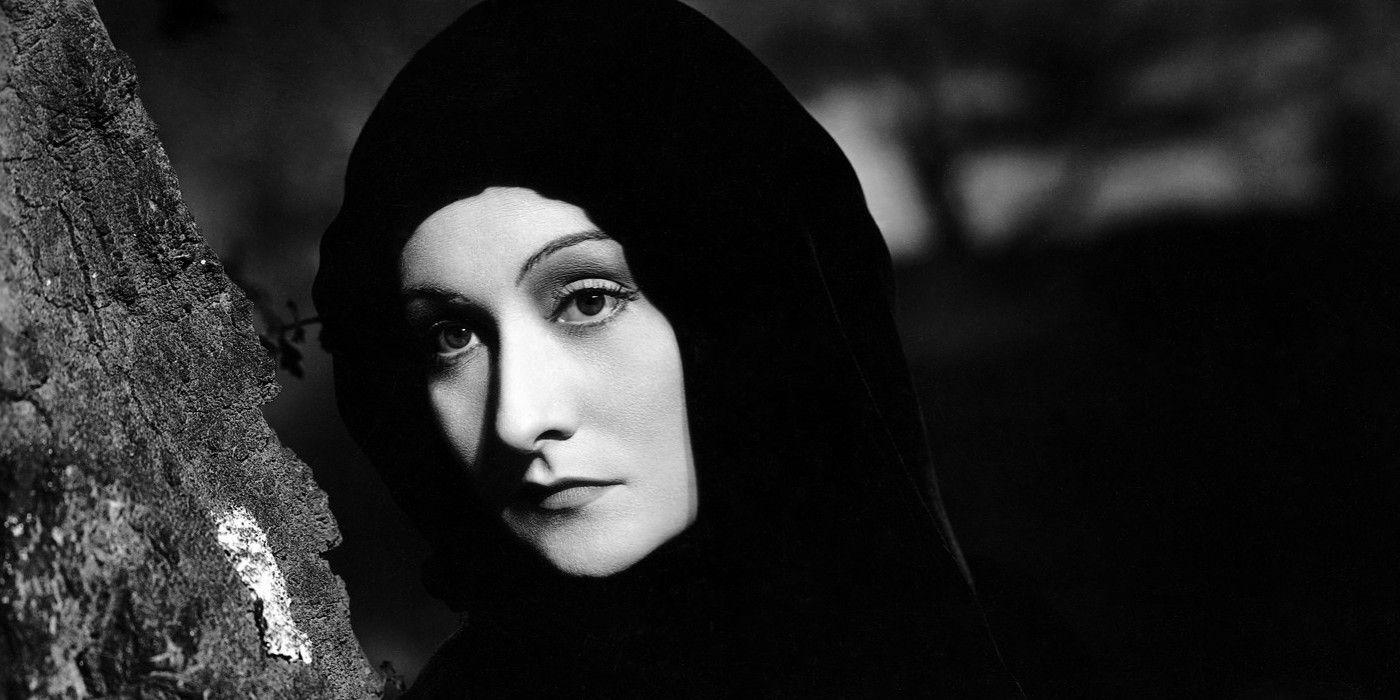
One of the earliest Universal Monster sequels was also one of the most underrated horror films of the golden era. Dracula’s Daughter picks up shortly after the events of the first film and follows a Hungarian countess who is believed to be a vampire stalking London.
While most Universal Monster sequels reset the story with each new film, Dracula’s Daughter follows closely behind its predecessor. Though Lugosi never appears in the film, it still has a slow and hypnotic feel similar to the original. Gloria Holden soars as the countess and it is one of the creepier films in the catalog.
The Invisible Man Returns (1940) – 6.5
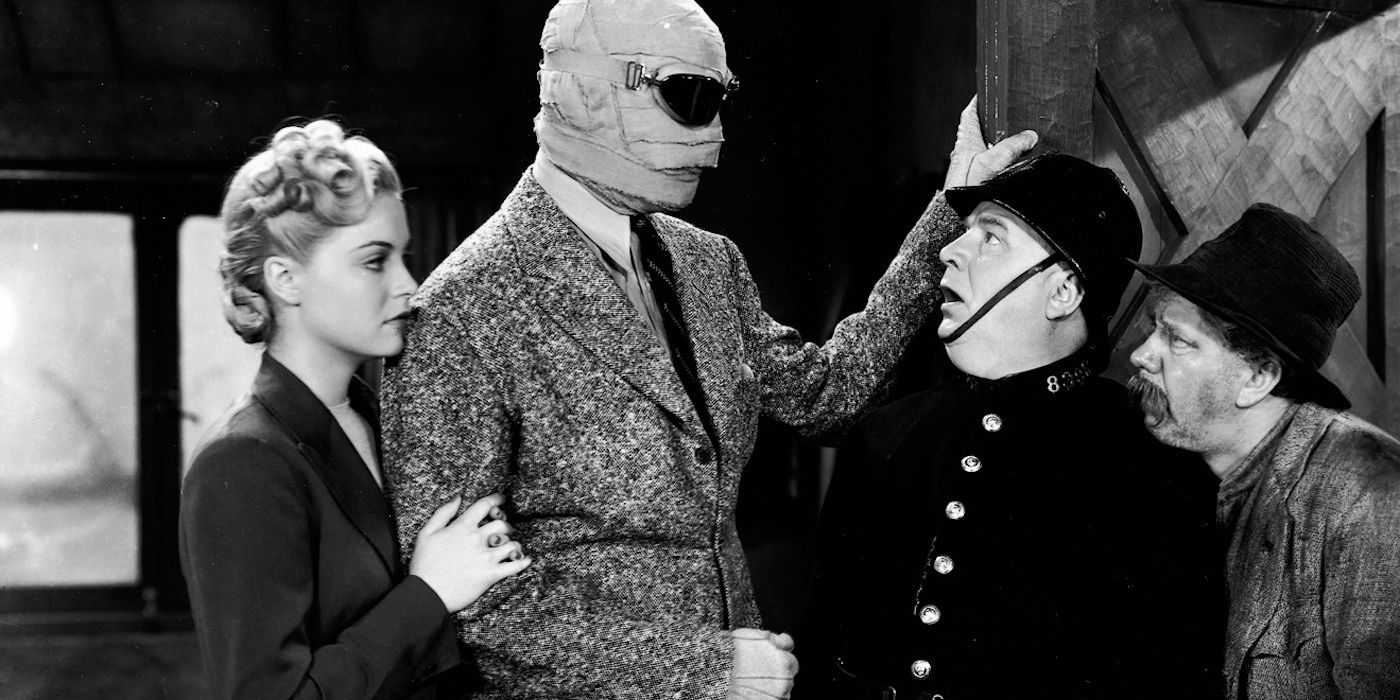
Unlike other supernatural monsters who could return again and again for sequels, the Invisible Man’s death at the end of the original film seemingly spelled the end for the series. The Invisible Man Returns sees a completely new character experiment with chemicals to make himself invisible in order to escape from prison.
Many of the Universal Monster sequels deal with a revenge plot, and The Invisible Man Returns is no exception. What helps the film stand out is the performance from screen legend Vincent Price, and the improvements on the special effects in the decade after the original film’s release.
Frankenstein Meets The Wolf Man (1943) – 6.5
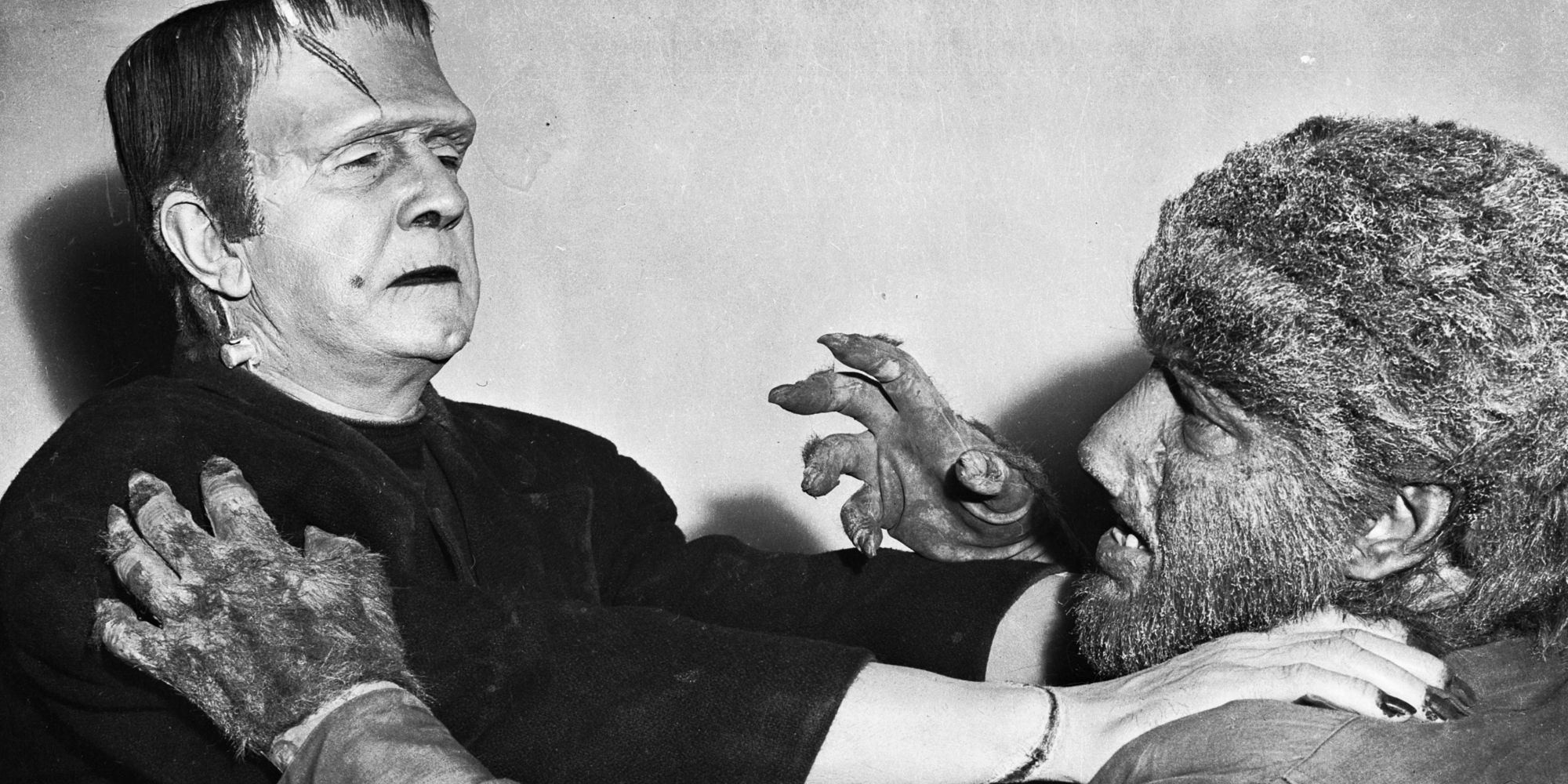
Though Universal would return several times to the Monster Mash formula, none did it as well as the original team-up film. Frankenstein Meets the Wolf Man follows a resurrected Larry Talbot who seeks out a mad scientist in an attempt to cure his lycanthropy.
Serving essentially as a sequel to The Wolf Man, the film has a sharp focus on Larry Talbot and his emotional journey. The set pieces are spooky and atmospheric and the film has an overall feeling of creepy fun. The climactic fight between the two monsters is a satisfying ending to the film and the special effects were top-notch for the 1940s.
Bud Abbott And Lou Costello Meet The Invisible Man (1951) – 6.8
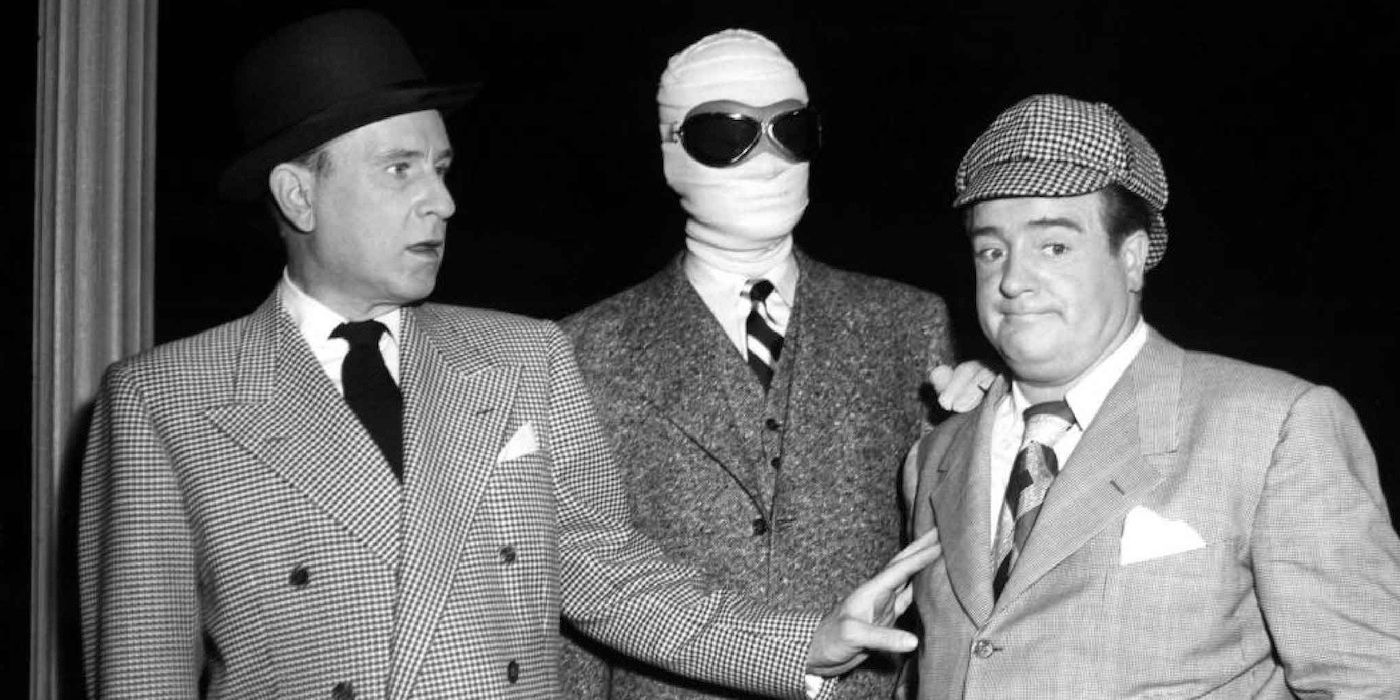
Following the success of Abbott and Costello Meet Frankenstein, Universal once again tapped the comedy duo to “meet” another of their famous characters of old. Meet The Invisible Man sees a pair of silly private investigators who team up with an invisible man to help him clear his name of a phony murder charge.
Though different from the original film in many ways, the comedy spoof plays off of many of the tropes of the Invisible Man films for comedic effect. Much in the same way that each subsequent Invisible Man film improved the quality of the invisible effects, Abbott and Costello Meet The Invisible Man saw further improvement.
Son Of Frankenstein (1939) – 7.1
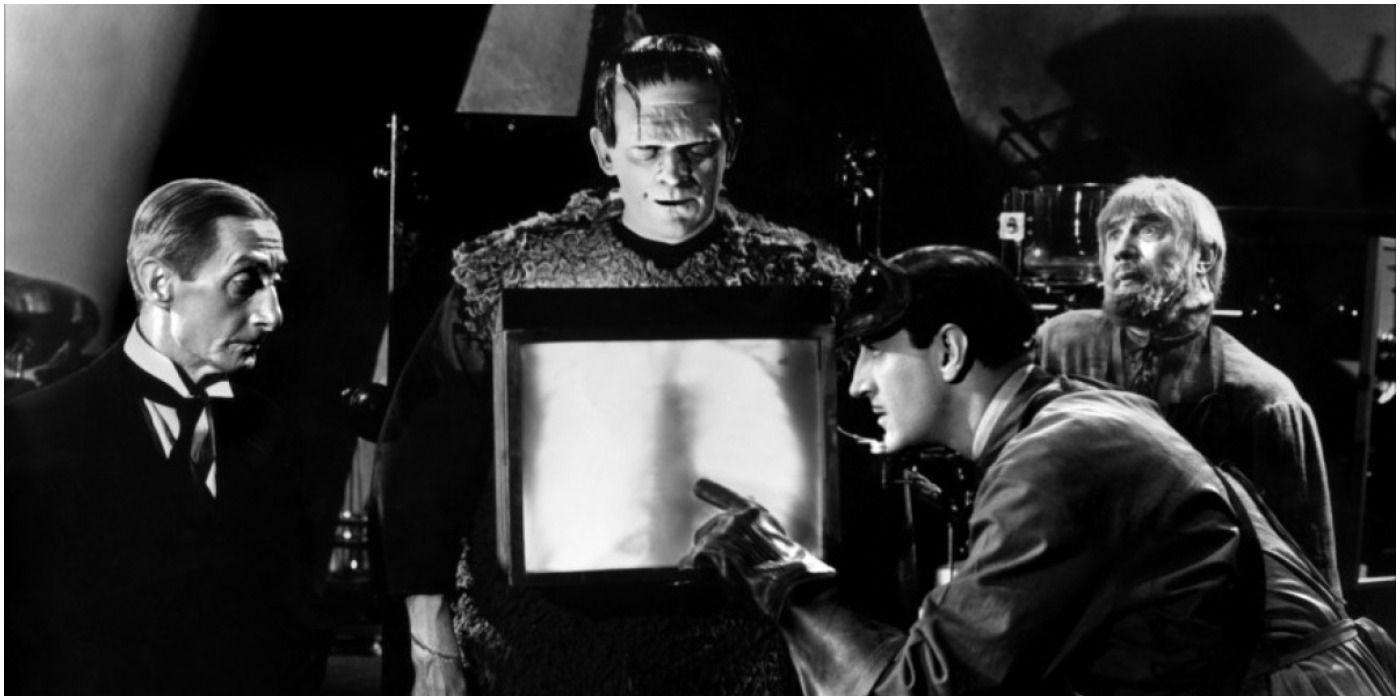
Unlike the first two films which followed the original Dr. Frankenstein, Son of Frankenstein moved the story forward in time a full generation. The film follows Dr. Frankenstein’s son Wolf who moves into the family’s ancestral castle to pursue his research. While there, the family is menaced by the evil Ygor who wields the reanimated monster to get revenge.
Son of Frankenstein features amazing sets and scenic design that is reminiscent of German expressionism, and it gives the film a fairy tale feeling. Excellent performances from Bela Lugosi as Ygor and Boris Karloff as the monster anchor the film with a healthy dose of horror. Also, the monster’s makeup was changed subtly to reflect all of the events of the previous films, which is a unique touch.
Abbott And Costello Meet Frankenstein (1948) – 7.4
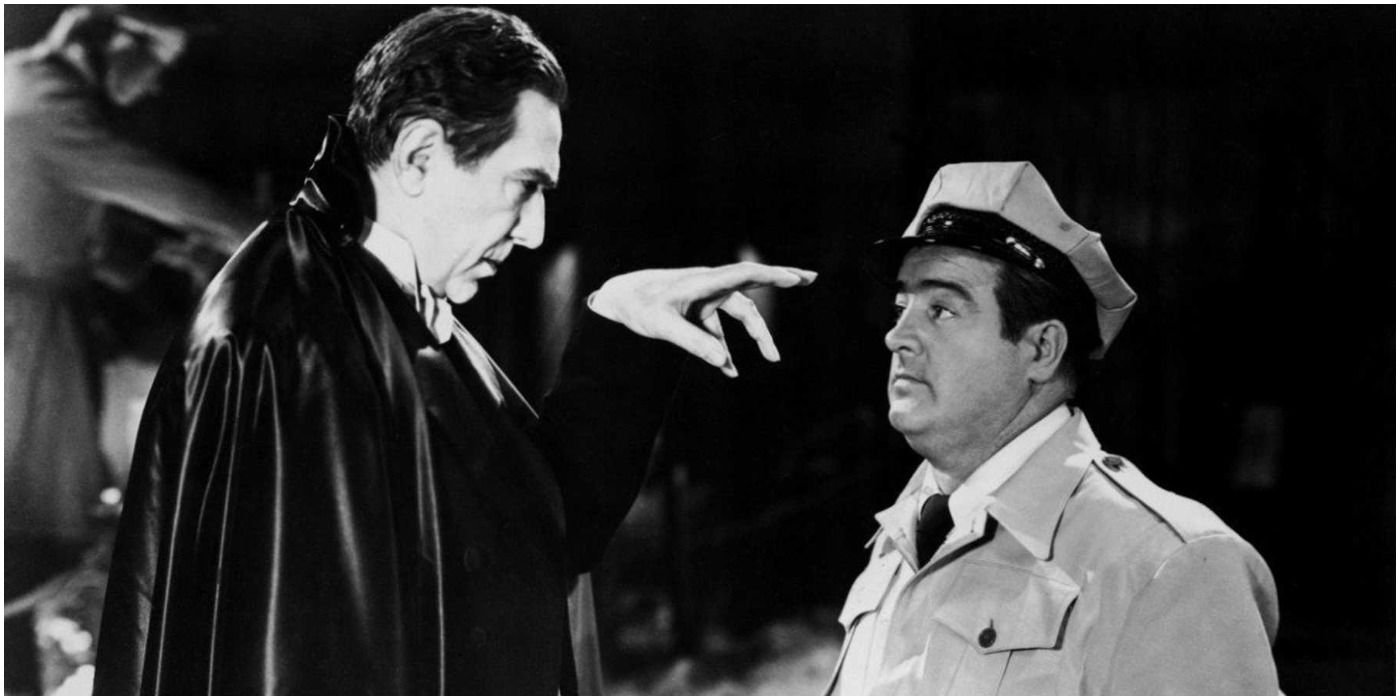
Seemingly spelling the end of the original monster cycle, Abbott And Costello Meet Frankenstein came on the scene as one of the best horror comedies of all time. The story follows a pair of dimwitted train porters who get roped into an evil scientist’s schemes involving a monster, The Wolf Man, and Count Dracula.
Meet Frankenstein is the comedy duo at their best and many of the bits from the film have become synonymous with comedy of the 1940s. As a monster film however it is also very memorable because it assembles an all-star cast including Lon Chaney Jr. and Bela Lugosi reviving their classic monster roles from the past.
The Bride Of Frankenstein (1935) – 7.8
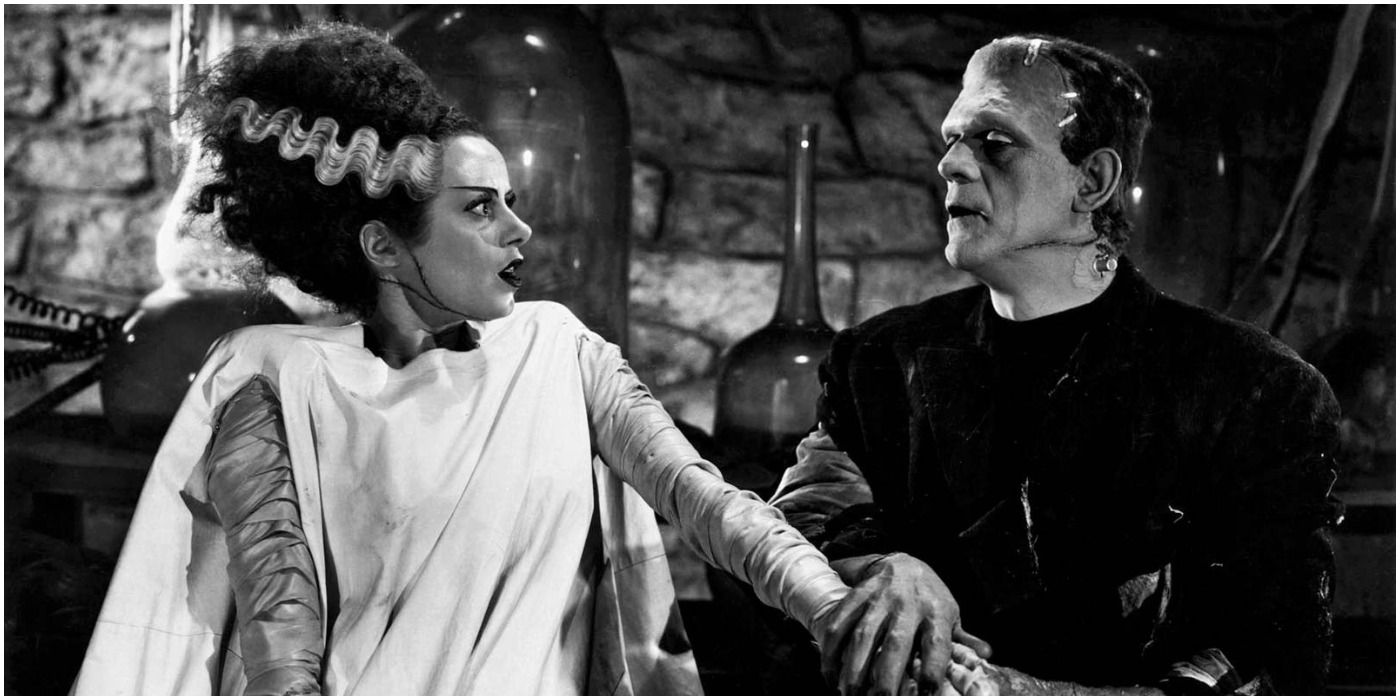
Universal’s first stab at a Classic Monster sequel also proved to be one of the greatest horror movie sequels of all time. The Bride of Frankenstein sees Dr. Frankenstein attempting to put his misadventure behind him but the appearance of evil Dr. Pretorious threatens to destroy Frankenstein forever.
While the original film was a slow-paced, quiet journey into terror, The Bride of Frankenstein adds elements of humor and fantasy for an interesting result. The monster is given more time to grow as a character and Karloff shows off his impressive acting abilities through the heavy makeup. What results is a sequel that is as good, if not better than its predecessor.
